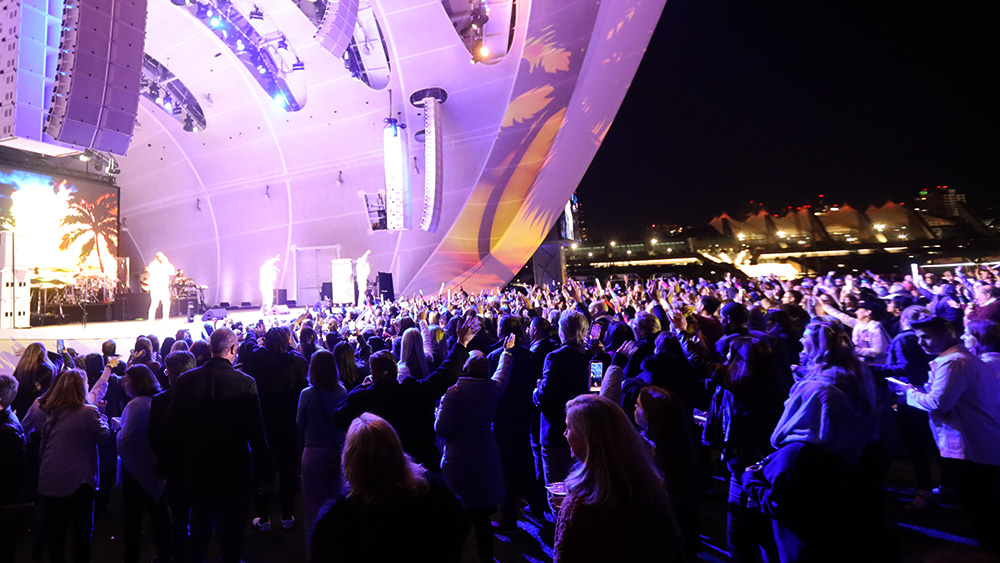
Event planners were using “prosocial effervescence” when designing events that fulfill audiences’ need for belonging and connection long before VML Intelligence identified and named the trend in its “The Future 100: 2024” report. (Whatever Media Group)
Ever since 2022, when Senior Editor Jen Dienst called our attention to Wunderman Thompson’s annual “The Future 100” list of world-changing trends, Convene’s editors have been connecting the dots to the events industry. We’ve written about how climate change-driven extreme weather might affect established meeting booking patterns; what the “Great Reskill” could mean for the events industry, and how adding play to your event is a serious move, helping to enhance creativity and learning.
The insights in “The Future 100: 2024,” presented by VML Intelligence, the futurism, research, and innovation unit of global creative agency VML (which merged with Wunderman Thompson in late 2023), continue to pull our imaginations forward. But I spotted one trend — leveraging “prosocial effervescence” to fulfill the yearning for connection and belonging — where I think it is event professionals who are leading the way.
The phrase “prosocial effervescence” is a variation on collective effervescence, a term from sociology referring to the shared positive emotions that can arise when people gather together. It’s a phenomenon that event organizers are familiar with — even if they don’t use either of those terms to describe it.
With a majority of people globally agreeing that loneliness has become an epidemic and that we’re losing a sense of community, “there’s a growing opportunity,” the report said, “for brands to engineer collective experiences that promote connection and community at scale.”
The report cited as an example of prosocial effervescence the raves held at an IKEA store in Milan. Marcus Engman, creative director of IKEA franchisee Ingka Group, is quoted as describing the store strategy as providing “a venue and an occasion and letting the people do the rest.”
Here’s where event organizers are a step ahead of the notion that just gathering people together is enough and the rest will happen organically. They have left that mindset behind in favor of thinking deeply about intentionally design experiences for inclusion and belonging. At its most basic, it means designing experiences where everyone can participate fully. They know that it’s not proximity that creates the magic, it’s the sense of belonging.
Belonging is “an organic thing,” Storycraft Lab founder Naomi Clare Crellin told Convene, “but our understanding of what belonging is can become a framework for the process, as well as the product, of experience design.” When you design for belonging, “you are creating spaces that are built for everybody,” Crellin said. “You’re providing different places where everybody can find comfort and can find a sense of interest. You’re also creating spaces that position people for success when they turn up. And when you create those spaces that allow people to operate at their best and highest frequency — because you’ve considered their needs and preferences — communities start to form.”
Elsewhere in “The Future 100 Report: 2024,” VML included neuroinclusive travel as a growing trend, one singled out by Managing Editor Casey Gale. In Casey’s story, Jayme Mazur, relationship manager at Destination Toledo, offered a point of view that applies as much to events as it does to travel: “We all want to go somewhere [where] we feel comfortable and understood.”
Barbara Palmer is deputy editor of Convene.
